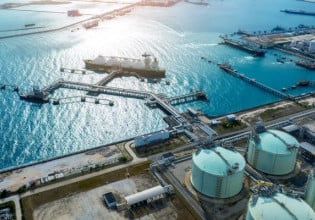Gas turbine in operation: During continous operation of gas turbine, ejector is used to maintain sub atmospheric pressure in lube oil tank
Gas turbine shutdown or gas turbine trips: Mist eliminator fan (works as substitute for ejector) comes in service to maintain sub atmospheric pressure inside lube oil tank
Upon gas turbine shutdown or trip: If in case mist eliminator fan not came in service, what will happen to gas turbine
Gas turbine shutdown or gas turbine trips: Mist eliminator fan (works as substitute for ejector) comes in service to maintain sub atmospheric pressure inside lube oil tank
Upon gas turbine shutdown or trip: If in case mist eliminator fan not came in service, what will happen to gas turbine






